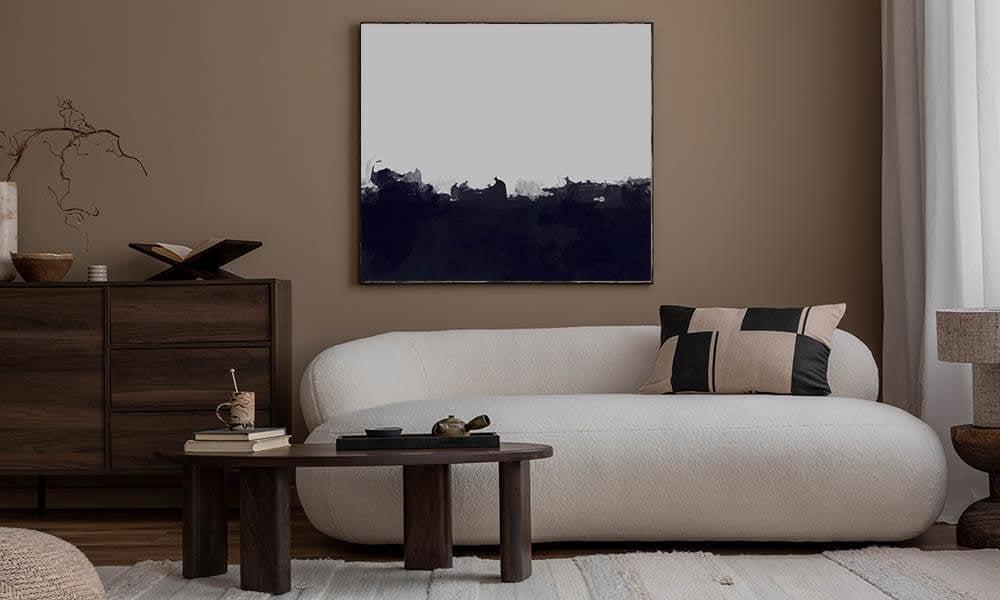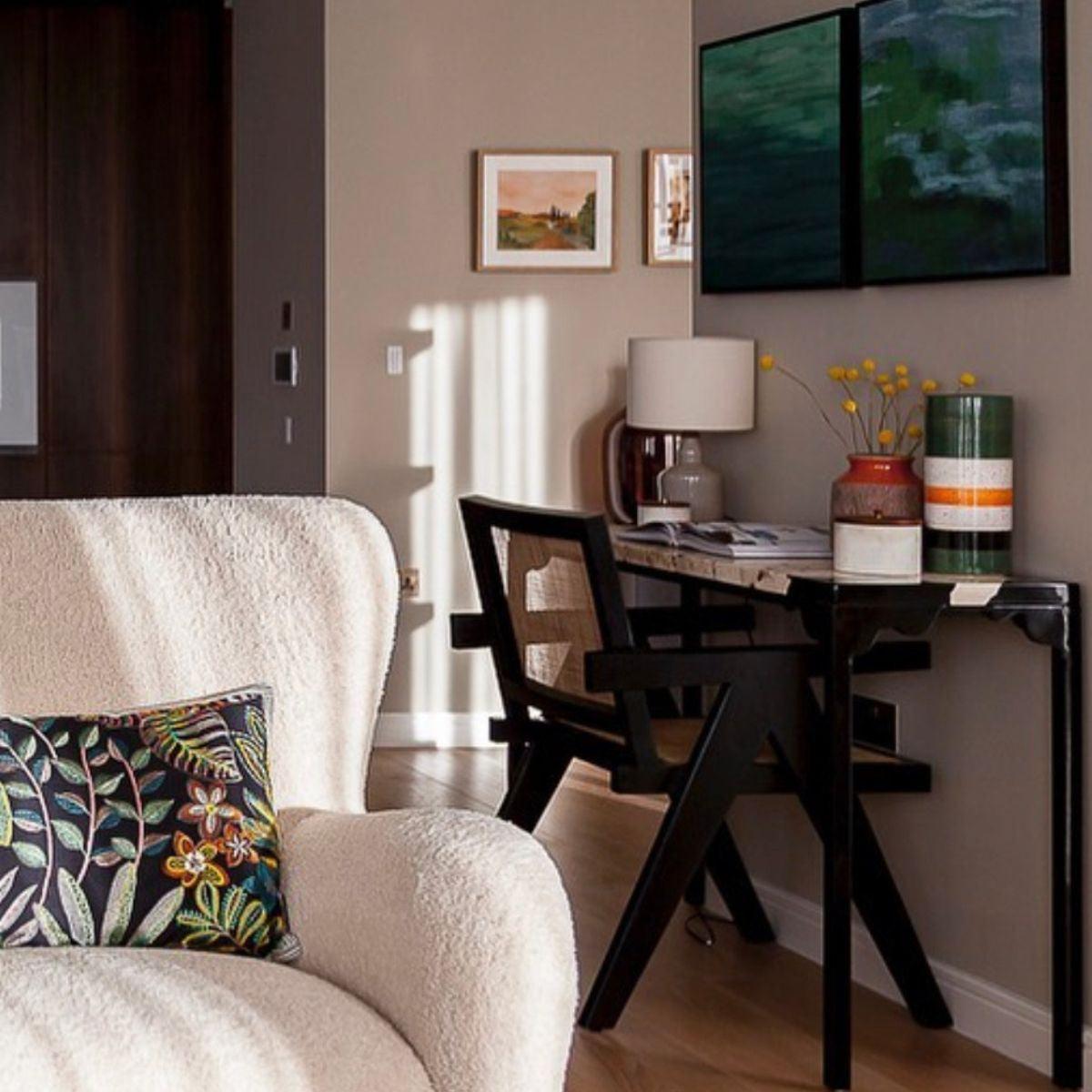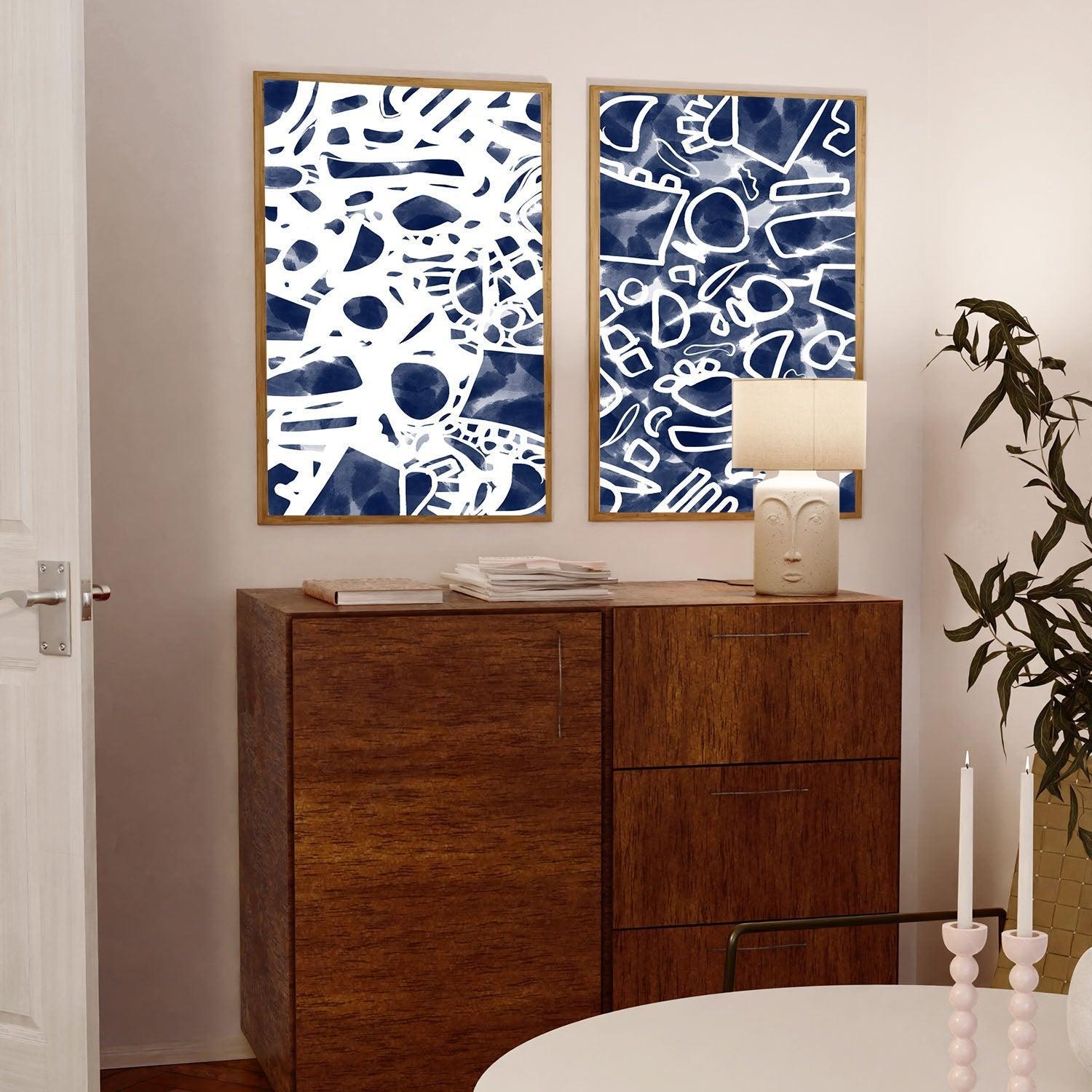What is Slow Living?
Slow living is a lifestyle philosophy that emphasizes a slower, more mindful approach to everyday life. It encourages individuals to prioritize quality over quantity, to savor the present moment, and to find joy in simplicity. Slow living is about creating a peaceful and balanced environment that promotes well-being and contentment.
Why is Interior Design Important for Slow Living?
The interior design of your living space plays a crucial role in supporting a slow living lifestyle. It sets the tone and atmosphere of your home, creating a sanctuary where you can relax, recharge, and connect with yourself and your loved ones. A well-designed interior can enhance your overall well-being and help you cultivate a sense of tranquility and mindfulness.

Creating a Calming Color Palette
When designing your space for slow living, opt for a calming color palette that promotes relaxation and serenity. Soft, neutral tones such as whites, beiges, and pastels can create a soothing atmosphere. Earthy colors like greens and blues can also evoke a sense of harmony with nature. Avoid bold and vibrant colours that may be visually stimulating and disrupt the peaceful ambiance.
Embracing Natural Materials
Incorporating natural materials into your interior design is essential for slow living. Choose furniture and decor made from sustainable materials like wood, bamboo, or rattan. These materials not only add a touch of nature to your space but also have a positive impact on the environment. Avoid synthetic materials that may contain harmful chemicals and opt for organic textiles for upholstery and bedding.
Decluttering and Minimalism
Slow living encourages a minimalist approach to interior design. Clutter can create visual noise and distract from the peaceful atmosphere you want to cultivate. Embrace minimalism by decluttering your space and keeping only the essentials. Invest in smart storage solutions to keep your belongings organized and out of sight. A clutter-free environment promotes a clear mind and allows you to focus on what truly matters.
Creating Cozy and Comfortable Spaces
Slow living is all about creating cozy and comfortable spaces where you can unwind and recharge. Invest in plush, comfortable furniture that invites relaxation. Add soft textiles like blankets, cushions, and rugs to create a warm and inviting atmosphere. Incorporate natural elements like plants to bring life and freshness into your space. Consider creating a designated reading nook or meditation corner where you can escape the hustle and bustle of daily life.
Artwork Neutral Abstract Sands Canvas Print from the large canvas art collection by Abstract House
Bringing Nature Indoors
Connecting with nature is an essential aspect of slow living. Bring the outdoors inside by incorporating elements of nature into your interior design. Fill your space with indoor plants to improve air quality and create a calming environment. Consider large windows or skylights to maximize natural light and provide a connection to the outside world. Natural light has a positive impact on mood and well-being.
Creating a Technology-Free Zone
In today's fast-paced world, technology can often be a source of distraction and stress. Slow living encourages creating a technology-free zone in your home where you can disconnect and be fully present. Designate a specific area, such as a cozy corner or a peaceful room, where you can engage in activities that promote mindfulness, such as reading, journaling, or practicing yoga.
Conclusion
Interior design plays a significant role in supporting a slow living lifestyle. By creating a calming and mindful environment, you can enhance your overall well-being and cultivate a sense of peace and contentment. Embrace simplicity, natural materials, and cozy spaces to create a sanctuary where you can truly slow down and enjoy the present moment.





























